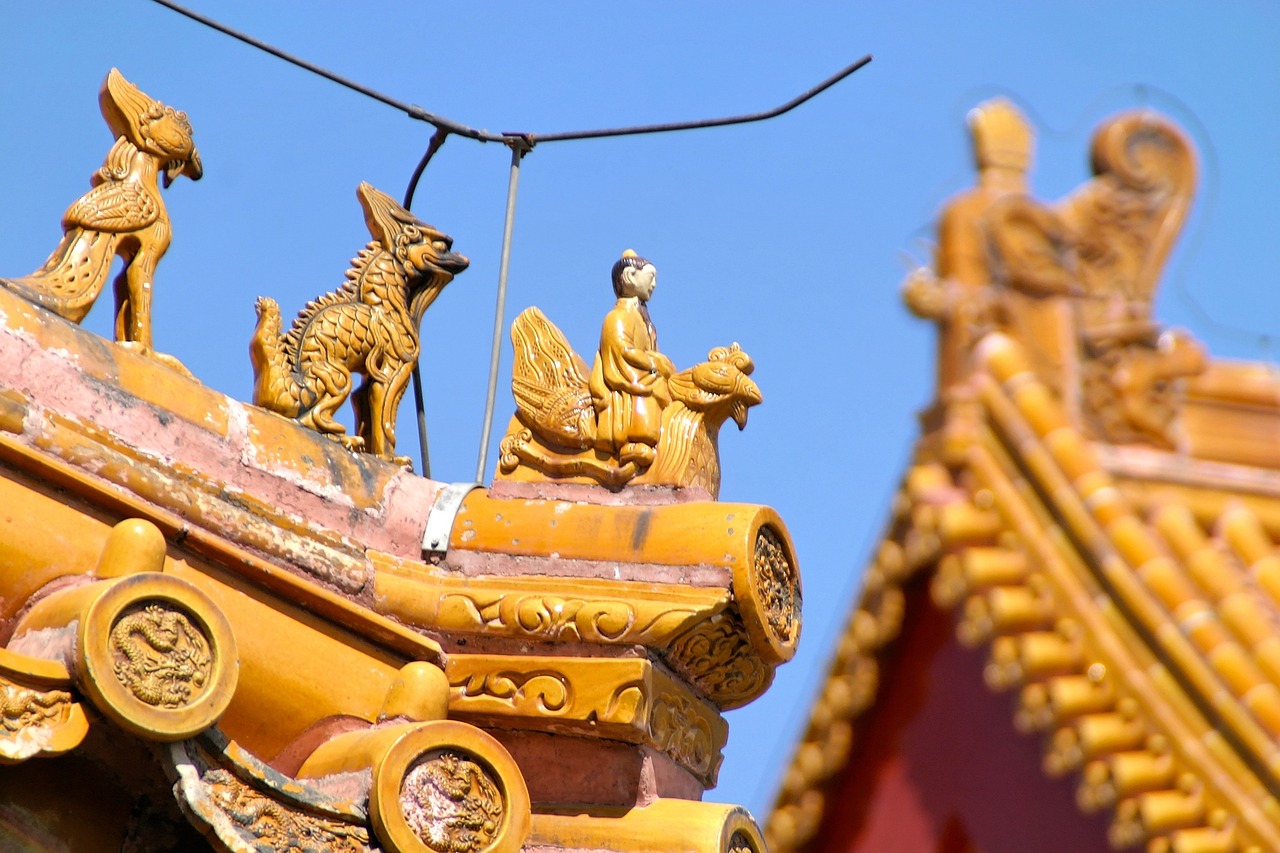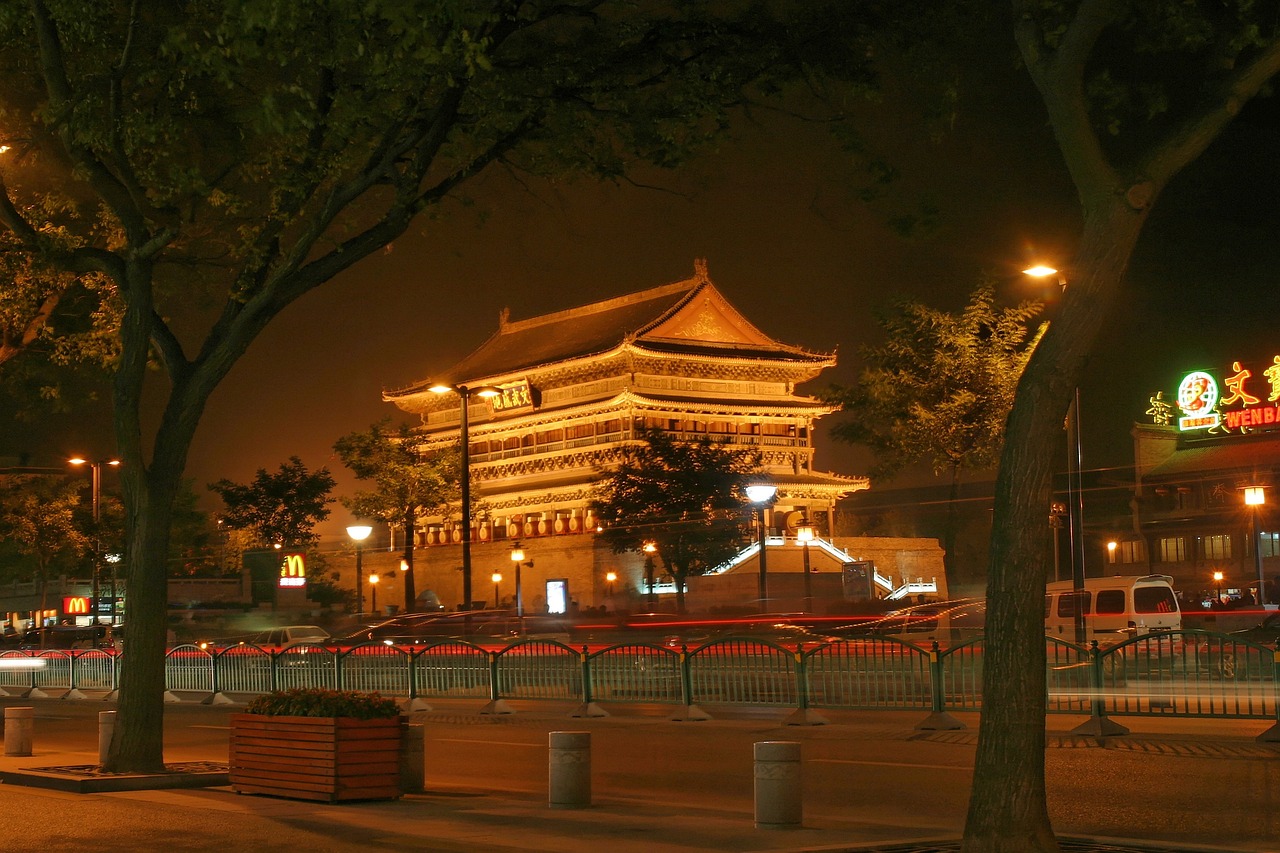Nestled in the heart of Beijing, China, the Forbidden City stands as a testament to the grandeur and opulence of ancient Chinese imperial history. With its intricate architecture, sprawling courtyards, and rich cultural heritage, this UNESCO World Heritage site is a timeless treasure that captivates visitors from around the world. Let’s embark on a journey to explore the unique allure of the Forbidden City, where the echoes of dynasties past still resonate.
A Symbol of Imperial Power
The Forbidden City, also known as the Palace Museum, served as the imperial residence for 24 emperors of the Ming and Qing dynasties. It was a center of political power and the epitome of China’s imperial rule for over 500 years. Enclosed within a massive complex of imposing walls and majestic gates, the Forbidden City exudes an aura of authority and reverence, reflecting the might and influence of ancient China’s rulers.

Architectural Marvels
The architectural brilliance of the Forbidden City is awe-inspiring. Its palaces, halls, and pavilions showcase exquisite craftsmanship and meticulous attention to detail. The Hall of Supreme Harmony, the largest and most important structure, was the ceremonial center where imperial ceremonies and grand events took place. The Palace of Heavenly Purity served as the emperor’s private residence, while the Hall of Mental Cultivation was where emperors handled state affairs. Each building within the complex tells a story of imperial life, governance, and artistic achievement.
Imperial Gardens and Courtyards
Beyond the magnificent palaces, the Forbidden City boasts expansive gardens and courtyards that offer a serene and harmonious atmosphere. The Imperial Garden, with its meandering paths, beautiful pavilions, and meticulously landscaped features, served as a private retreat for the imperial family. The garden’s tranquility and carefully curated natural elements provide a welcome respite from the bustling city outside the palace walls.
Treasures of Art and Culture
The Forbidden City houses an extensive collection of priceless artifacts that embody the cultural and artistic legacy of China. Its vast collection includes ancient paintings, calligraphy, ceramics, jade carvings, and imperial treasures. The Palace Museum showcases these treasures in its various exhibition halls, allowing visitors to immerse themselves in the rich artistic heritage and historical significance of the imperial court.
Symbolism and Feng Shui
Every aspect of the Forbidden City is steeped in symbolism and influenced by the principles of Feng Shui. The layout of the complex, the positioning of buildings, and the selection of colors were all carefully planned to align with cosmological beliefs and harmonize with nature. From the precise orientation of gates to the strategic placement of sculptures and symbols, the Forbidden City exemplifies the integration of ancient Chinese philosophy and architectural design.

Preserving History and Cultural Legacy
The preservation and restoration efforts undertaken by the Palace Museum have ensured the longevity and authenticity of the Forbidden City. Ongoing conservation projects aim to safeguard its architectural integrity and protect the invaluable cultural heritage it represents. The museum’s commitment to research, education, and public engagement allows visitors to delve deeper into the history and significance of this remarkable cultural site.
The Forbidden City, with its imperial grandeur, architectural splendor, and cultural significance, is a living testament to China’s rich history and heritage. Stepping through its gates is like entering a bygone era, where emperors reigned and dynasties thrived. The Forbidden City invites visitors to explore its halls, admire its treasures, and immerse themselves in the grandeur of China’s imperial past. Prepare to be enthralled by the magnificence and historical significance of this extraordinary cultural treasure.
